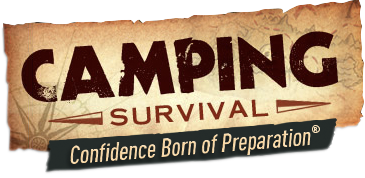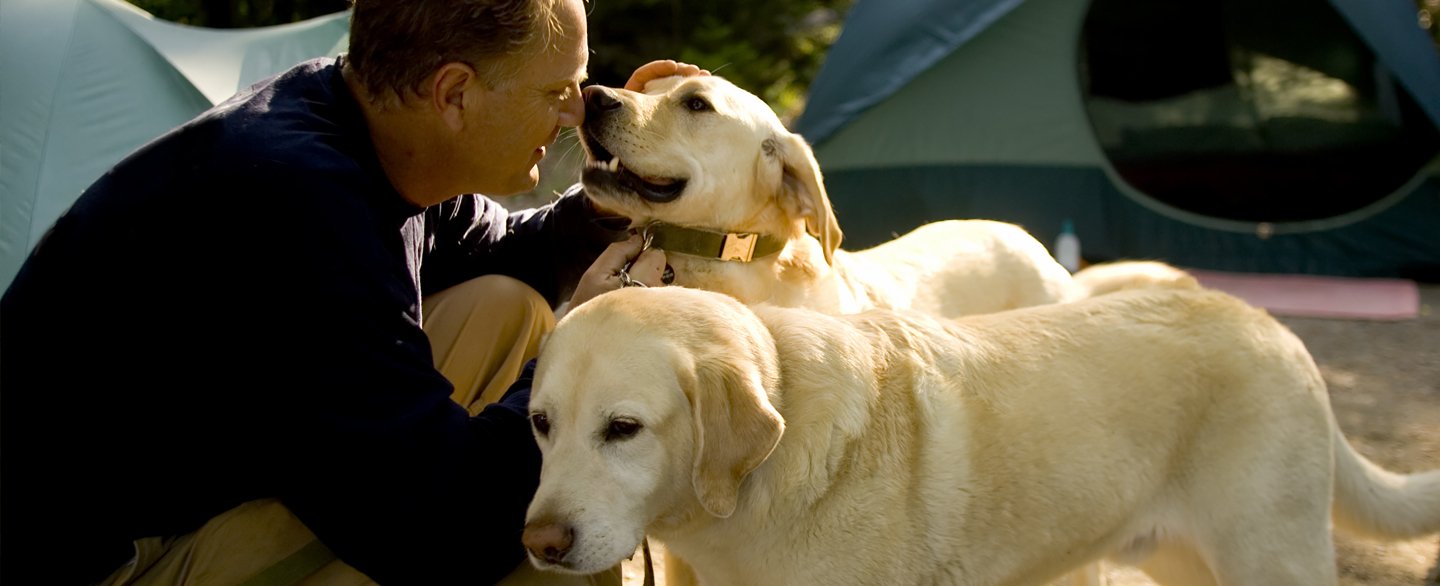With any disaster there are a few things you will need to think about regarding pets. Is this a situation that will be over in a few days or weeks, or will it be months before you can get back home? Will you be able to take your vehicle or are you walking or using alternative transportation? Some of these things will be unknown at the time, so preparing for the worst and hoping for the best is all you are going to be able to do.
You have a couple of options in the way you carry your pets, but the most reliable and responsible is in a pet carrier. Whether you are talking about a large dog or a small rodent, they will handle being in a carrier much better than out running around loose while you are trying to take care of everything else you will need to do. It is also safer for them in a carrier if you make a sudden turn or stop in your vehicle, they won’t be injured.
Make sure you always keep on hand the type and size of carrier you will need for each animal. You’ll also need to make sure they are appropriate for what you are putting in there. A small hamster will need a much smaller cage than your 50-pound dog. Having them assembled already is a bonus, if you have the room, that way you can just throw them in it, and off you go. For small animals, top loading carriers are best, as they are easier to put into them than side loading.
Make sure if you are staying in a motel that they allow pets, most of them do, but calling ahead, and having a plan in place of staying at one that does will save you time in the future when you really need to bail and don’t have time to look for a pet friendly place to stay.
Make sure your pets are microchipped in case anything happens, and you can’t find them, that at least you will get called when they are found. Keep a copy of their shot records and any other vital information in a plastic baggie attached to their crate, in case you need any of that down the line. Make sure for any animal that can be on a leash that you have one for each of them. Teaching them basic commands, especially sit and stay will be important in case you need them to be obedient in a time of crisis. Getting an animal used to a crate may be a great idea, just to let them know it isn’t a bad thing, and nothing will happen to them inside of it. Open the door, and let them go in, sniff around, and maybe close the door for a minute or two and let them out. A great tip for cats is to put some catnip in the crate, it calms them a little.
Having a small first aid kit suitable for animals is a great idea, you can get them online, and some even attach right to the crate. Make sure it has everything you believe you will need to travel safely with your pet. If they are on any medications, store them in the first aid kit for pets, keep everything inside of it that has anything to do with your pets, so you don’t have to search for where you put something. You won’t be able to prepare for every single event that could happen, but make sure you have everything you believe you will need like gauze pads, antibiotic ointment, and pet safe aspirin for pain.
If you have a larger dog and think you may ever need to evacuate on foot, you might consider teaching them to carry a pack. Then they can pack their own food, water, first aid kit, backpackers tarp and a copy of their vet records in a water proof pouch. You just have to keep the load even on each side of the pack. And of course, you need to practice with your dog ahead of time. Medium sized dogs can usually carry 10-12% of their weight. So a 50lb dog could carry approximately 5-6lbs to start with, and a little more if they a sturdy breed in good shape. Larger sturdy dogs can carry up to 25% of their body weight if they are in shape and have worked up to hiking with that much weight. Also take into consideration the age of your pet, dogs in their prime can carry more than older dogs or puppies.
When it comes to food a medium sized 50-75lb dog needs at least two cups of dry food a day, if they aren’t working hard. So in their 72 hour survival pack you would want to have 6-7 cups of food which would be just under 2lbs of kibble. Lightweight collapsible dishes are good for serving food and water as they don’t way much and don’t take up a lot of space.
Evacuating on foot with a small dog, cat, ferret or other small animal is going to a be a little harder and require more planning. A small dog can do some walking but will probably tire quickly and need to be carried. If they are used to being in a front carrier you can use one, without disturbing your pack, but you will tire more quickly. Cats and ferrets do not typically walk on a leash, but can be trained to it or to riding in a front carrier.
Unfortunately, in a life or death situation the harsh reality is you will most likely need to leave your pets behind as carrying them along with your own pack would quickly grow impossible. At least a larger dog can keep up, and if previously trained carry their own supplies. If you do have to leave your pets, do not chain them up where they have no option to escape on their own. At least give them a fighting chance to survive. After the fire in Paradise, CA several cats were found in surprisingly good shape give the ferocity of the fire that leveled most of the town. No one has figured out how they survive or where they were hiding.
If you have farm animals, such as goats, pigs, horses, cows, what is your plan for them? Do you have a trailer that can take them out of the area? Do you have a friend you can borrow one from when the time comes you need to evacuate? Having a plan in place ahead of time is best, that way you aren’t trying to work out moving your animals in the middle of a crisis, you already have a plan in place.
If you have goats have you considered teaching them to pack? It is easier than you might think. Also there is no need to pack feed for goats, they will find their own along the trail and because they are browsers they like a variety of shrubs and bushes and are not dependent on grass like horses or cows.
Remember, pre-plan your evacuation, then field test your plan and then revise it based on what you learned. Share it with other members of your family so everyone knows what to do to meet that 15 minute deadline (and what to do if it is only seconds instead of minutes) Practice evacuation drills at least quarterly so that your animals are also used to them. I have known dogs that learned what the emergency horn meant and would run to where their packs were kept and wait to be harnessed up and taken out.

2 comments
Thank you for remembering the domestic animals. Right now I have put 2 months cans cat food under the picnic table, which is covered by plastic tarpe (that is reflective silver on top & light blocking black underneath). A very heavy marble piece is on top & holds tarpe down. I put a huge 3 mo. bag catfood, cat bowls, huge jar cat treats in large closed plastic box & under the table covered with tarp. My neighbor will cut open the bag in box some & feed cats some every day wth can food & cover with lid. I put outside by table a large shallow plastic box with NO lid filled with water for the cats to get used to drinking from & that can be refilled from the hose & from rain. My neighbor has keys. If I get sick with this virus, my friend can enter gate & feed cats with food that had been outside for weeks & thus NOT contaminated by any virus I might get. If she gets sick, her boyfriend will feed both her cats & mine. If he gets sick, the gate will be blocked open so cats can come & go at will & have a chance to live. The bag in plastic box will be cut total open & left under table with lid off box. Water box should fill in rain since this is rainy season.
Thank you for the many tips on how to evacuate with your pet/s. We hope we’ll not come to this.